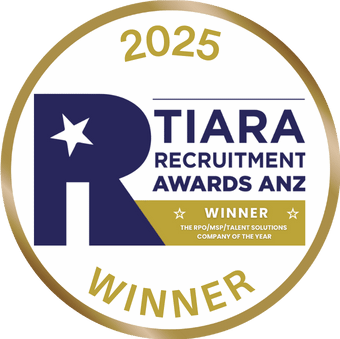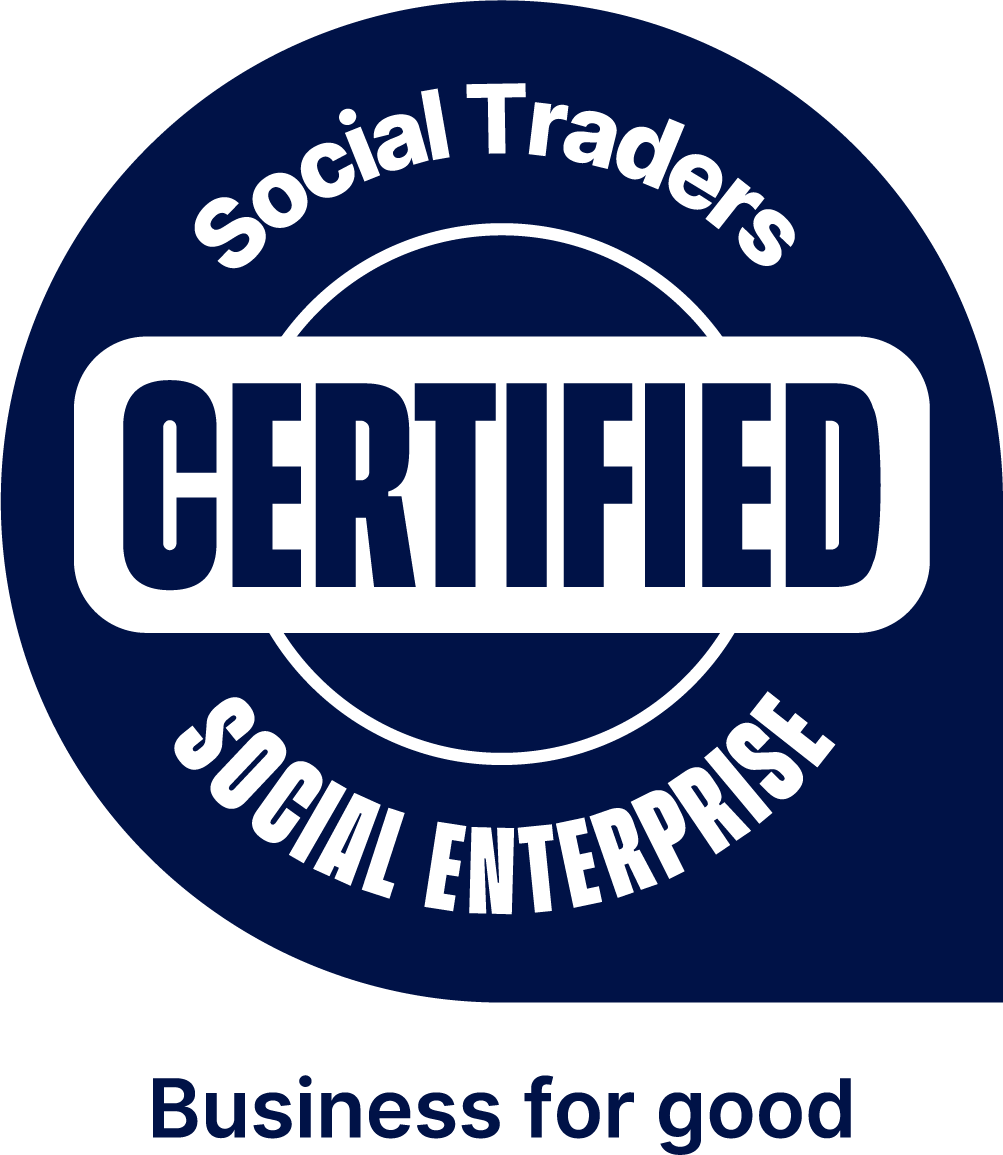Employers
Industries
Since 1959, Chandler Macleod has built its reputation in the mining and energy sector providing not just recruitment solutions, but also assessment, training, workforce planning and HR consultancy. Our end-to-end capability in the industry extends from the mine site to the boardroom, and to on-site residential, FIFO and off-shore staffing.
Our industries
Contact Us [Industries section]
Let us get back to you
How can we help
From the blog
New Employment Trends:
March 2023
Whilst economic growth is forecast to slow later this year with rising interest rates, and inflation in Australia is expected to have peaked, the labour market continues to be very tight.






















